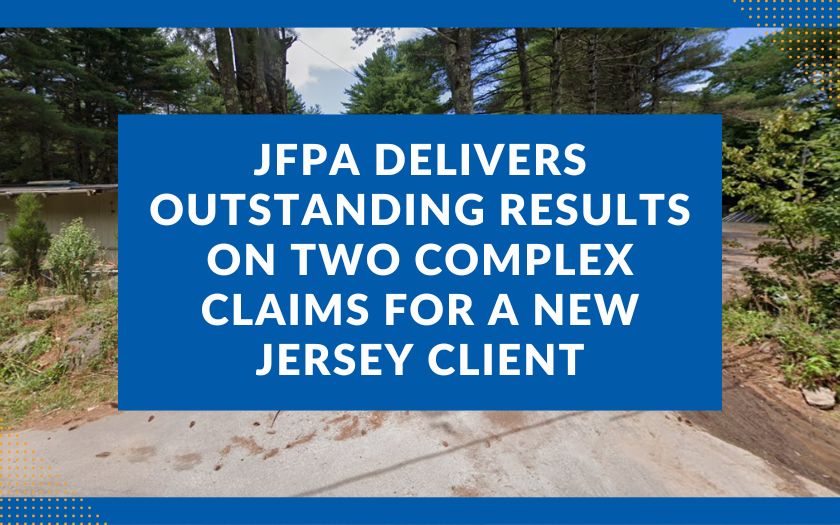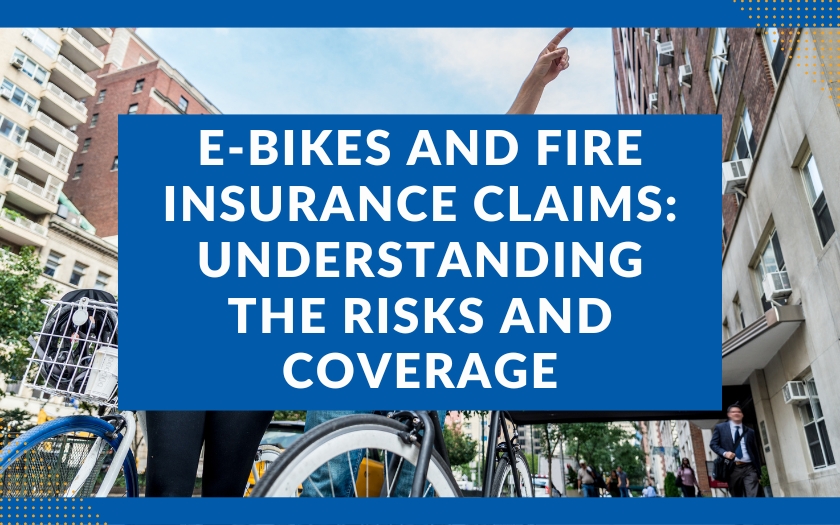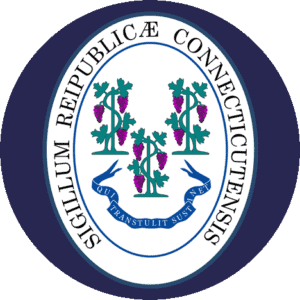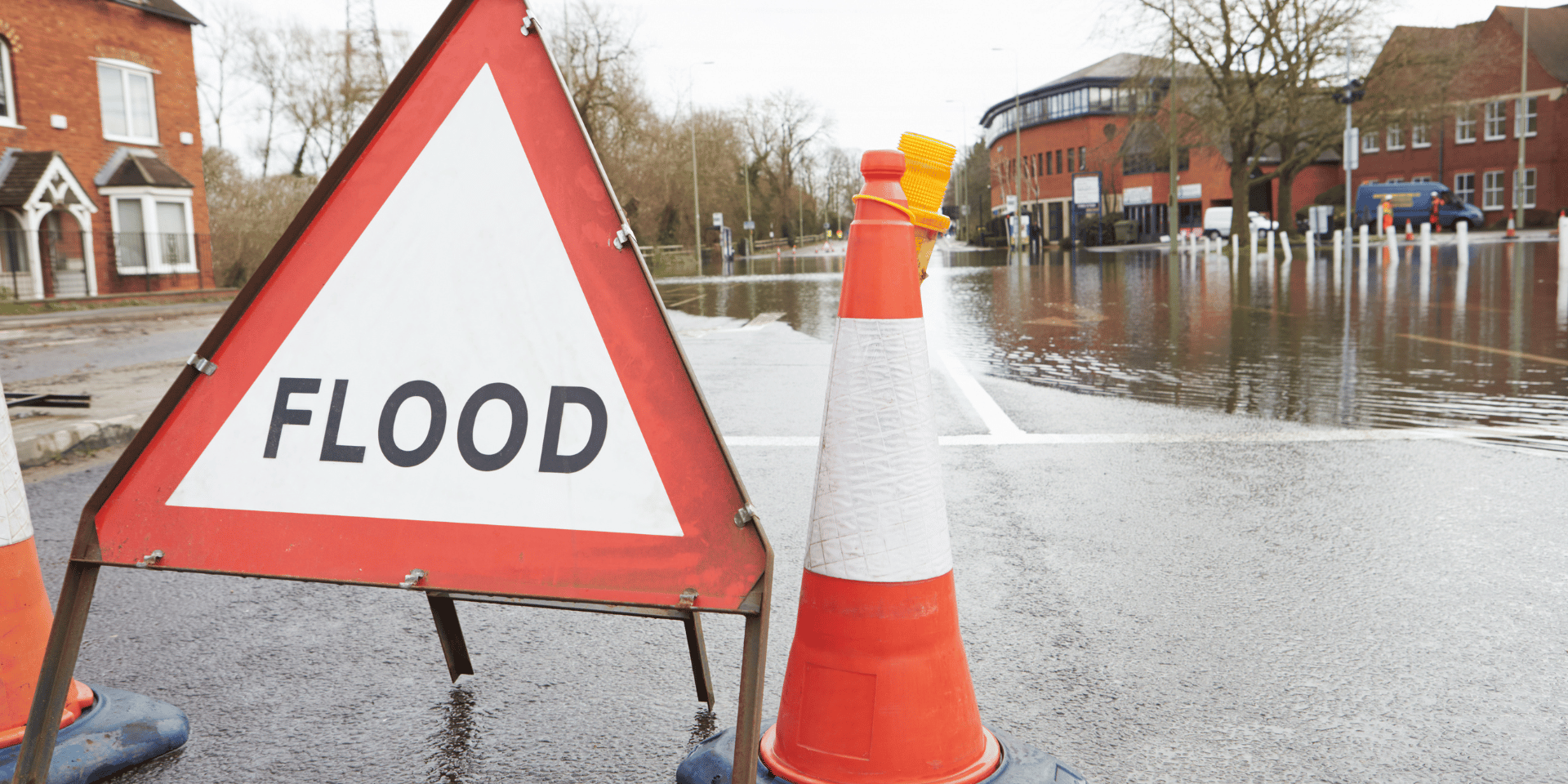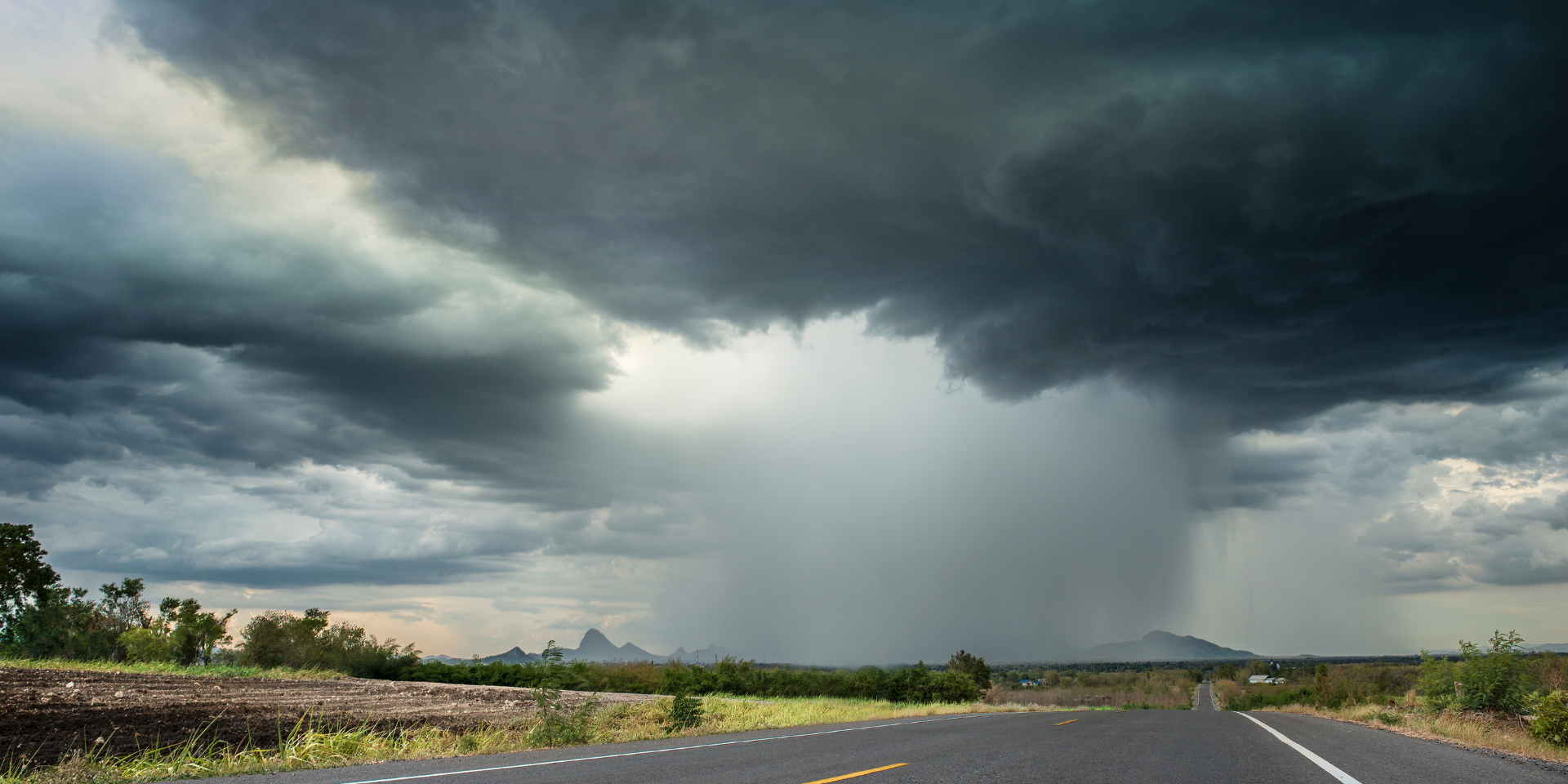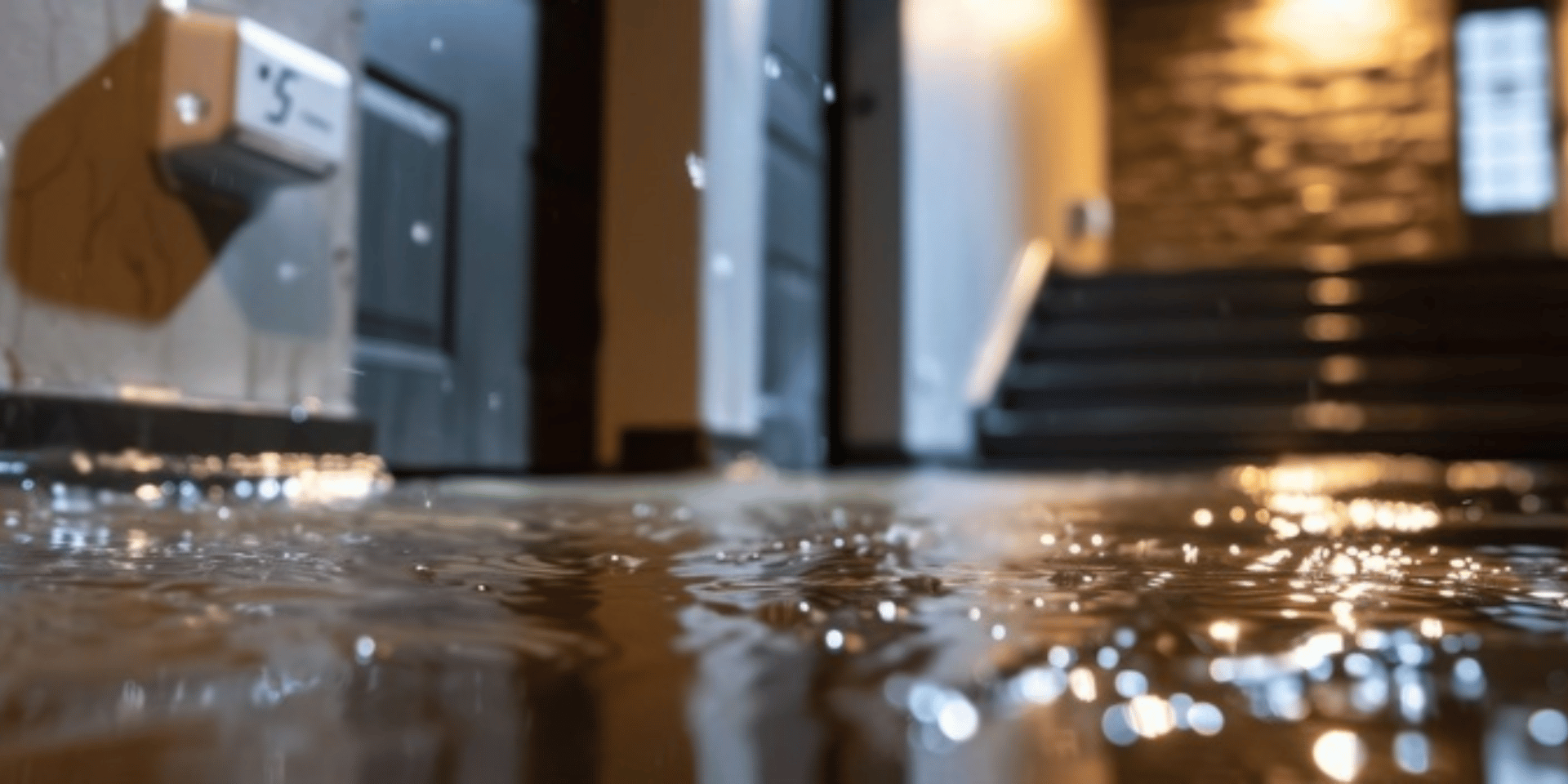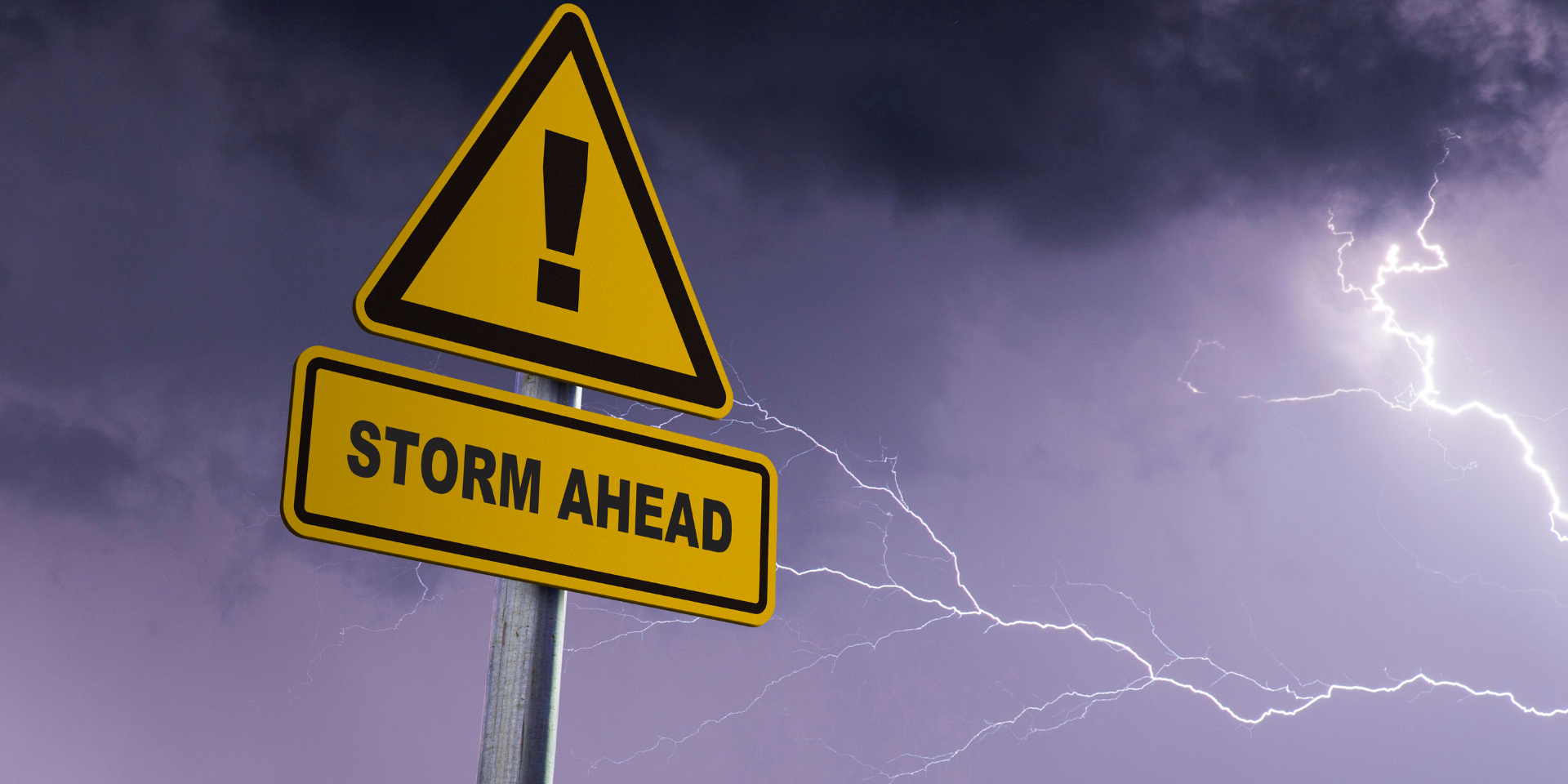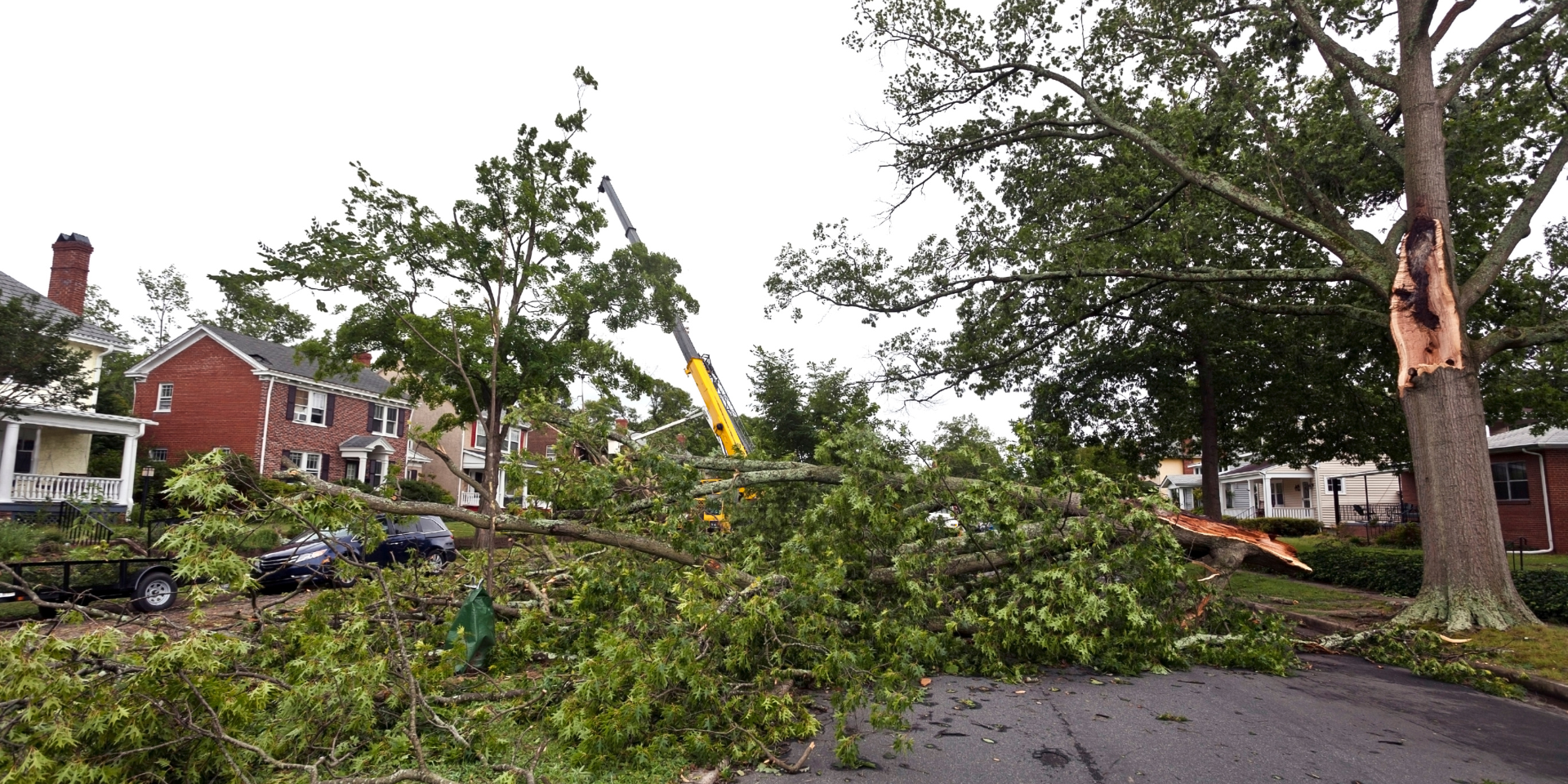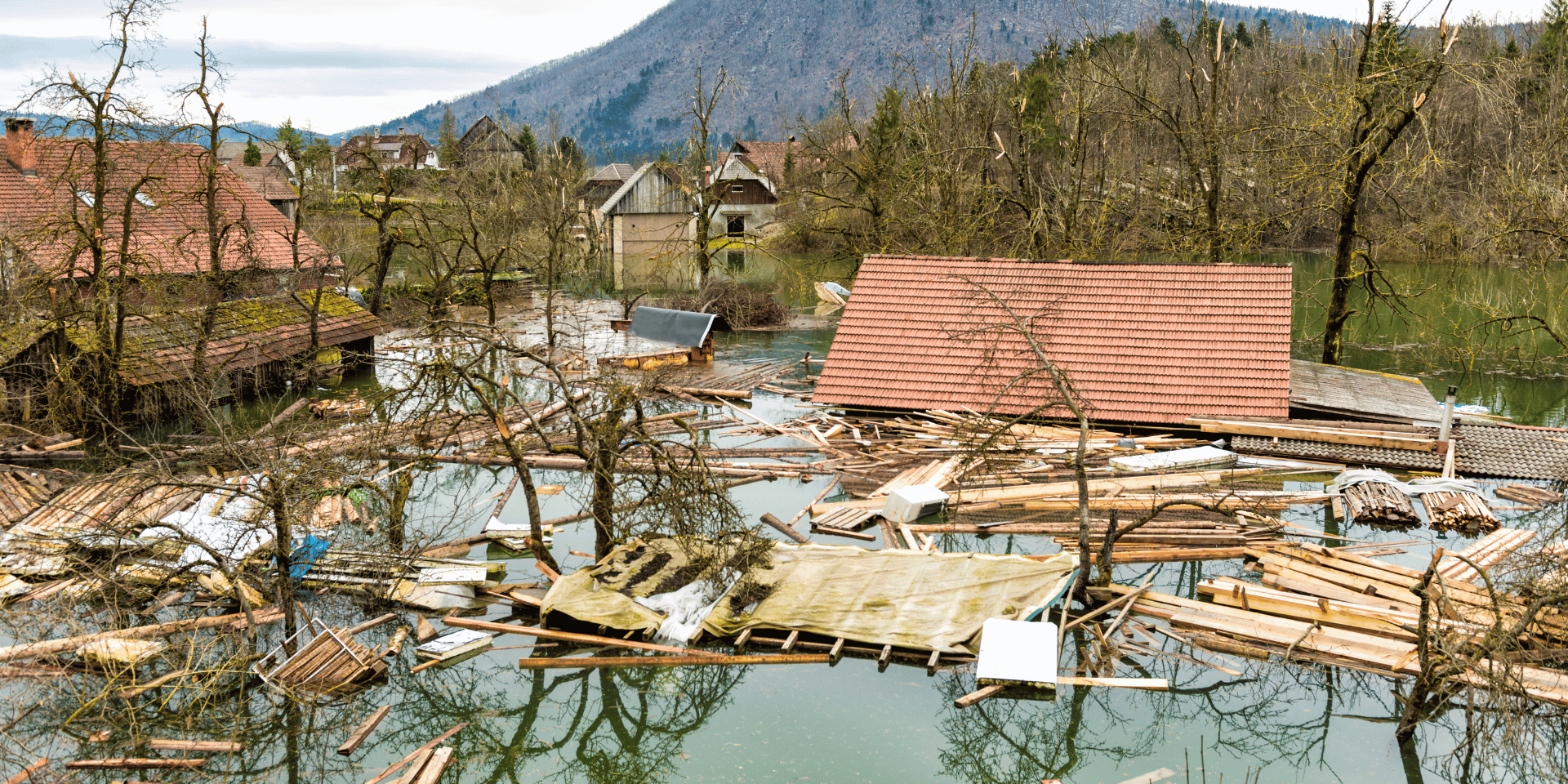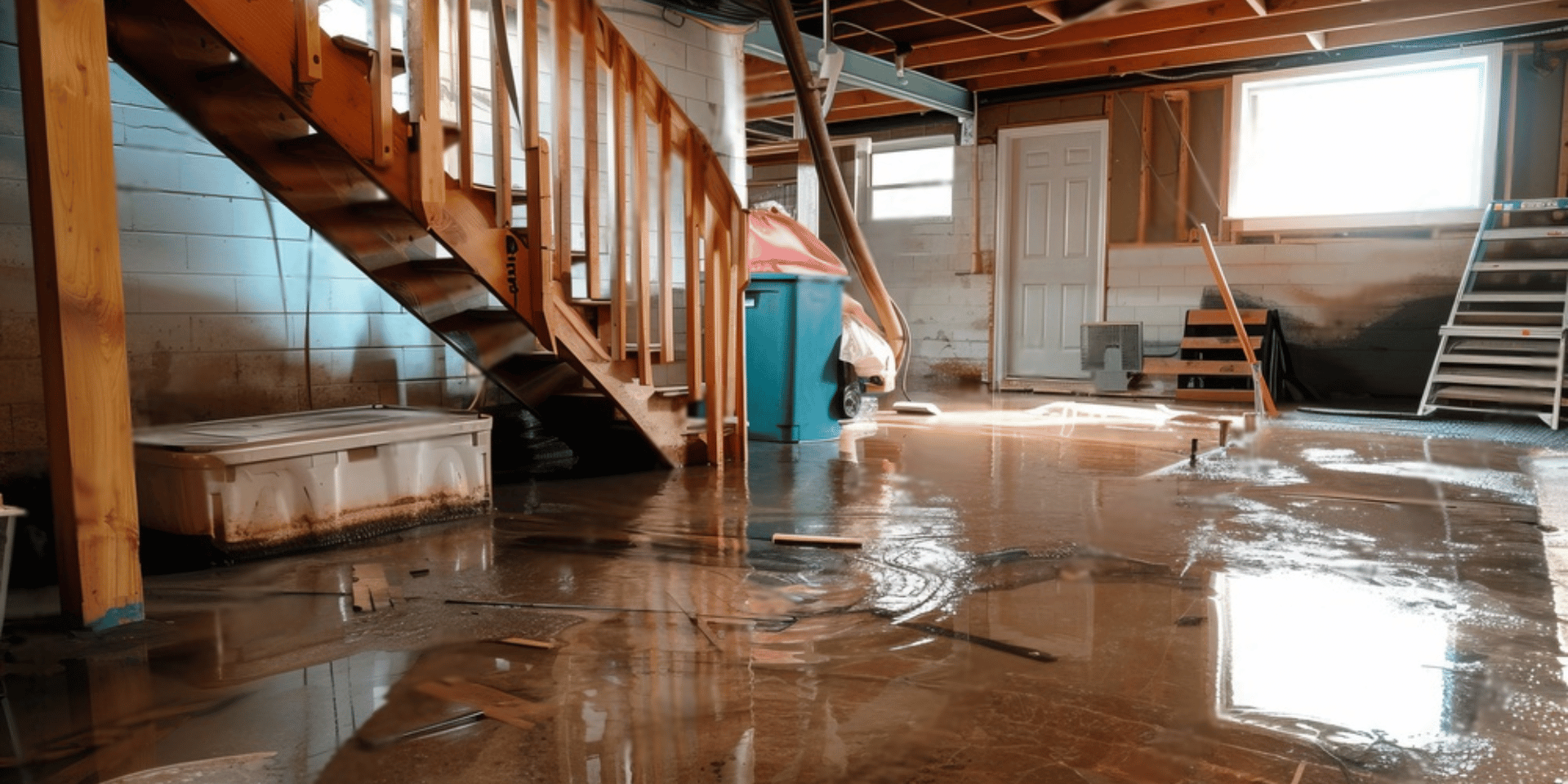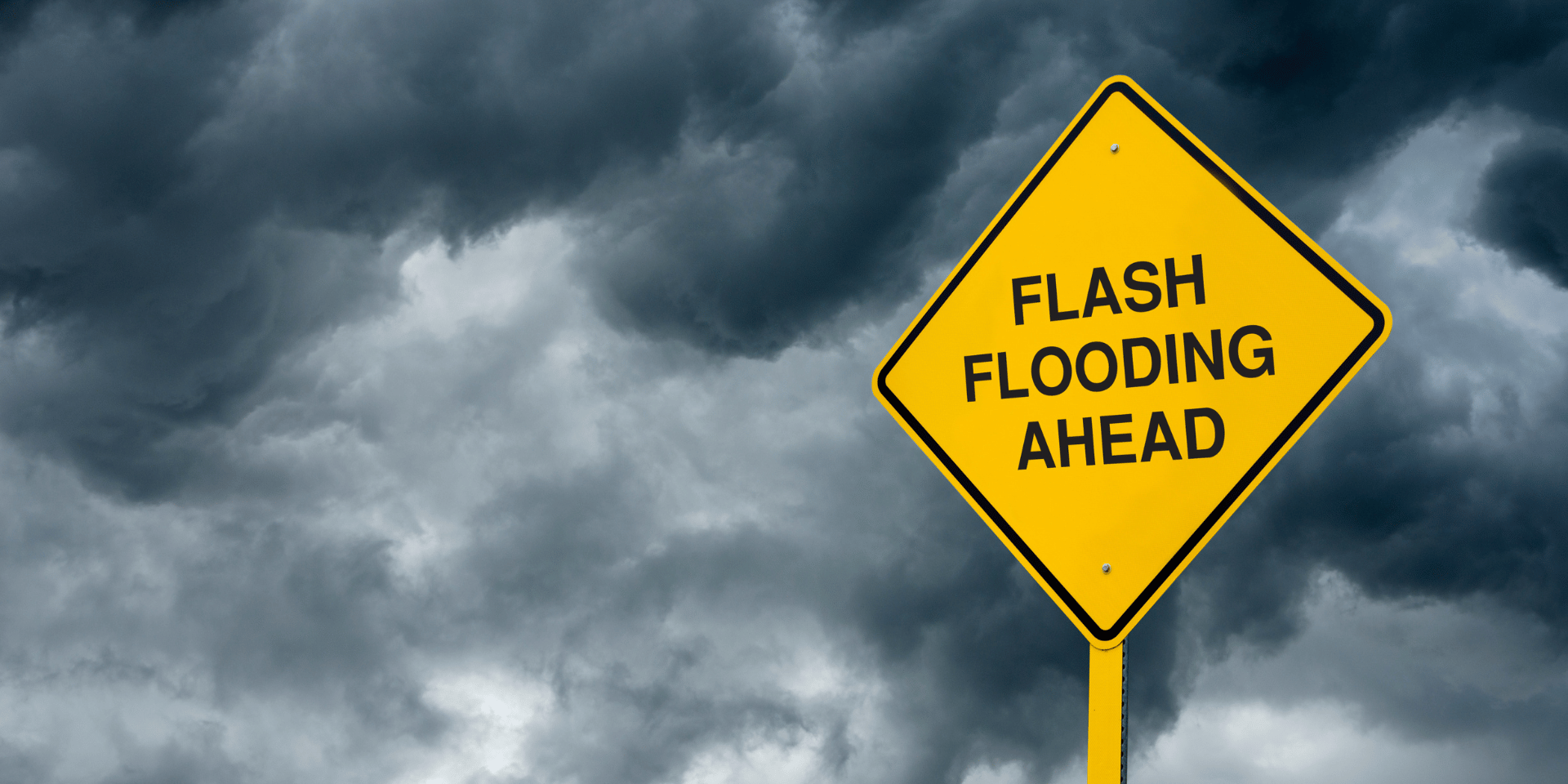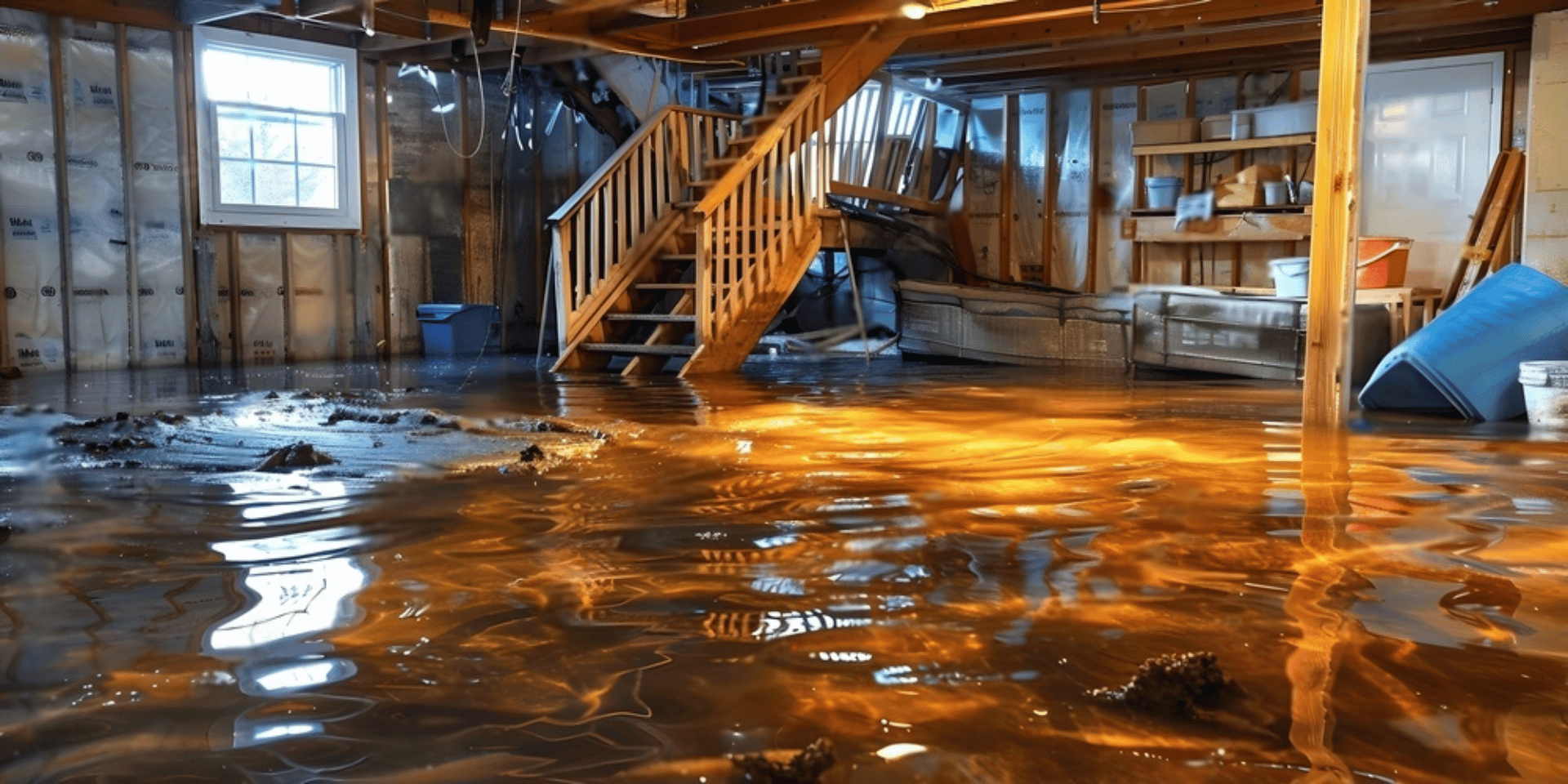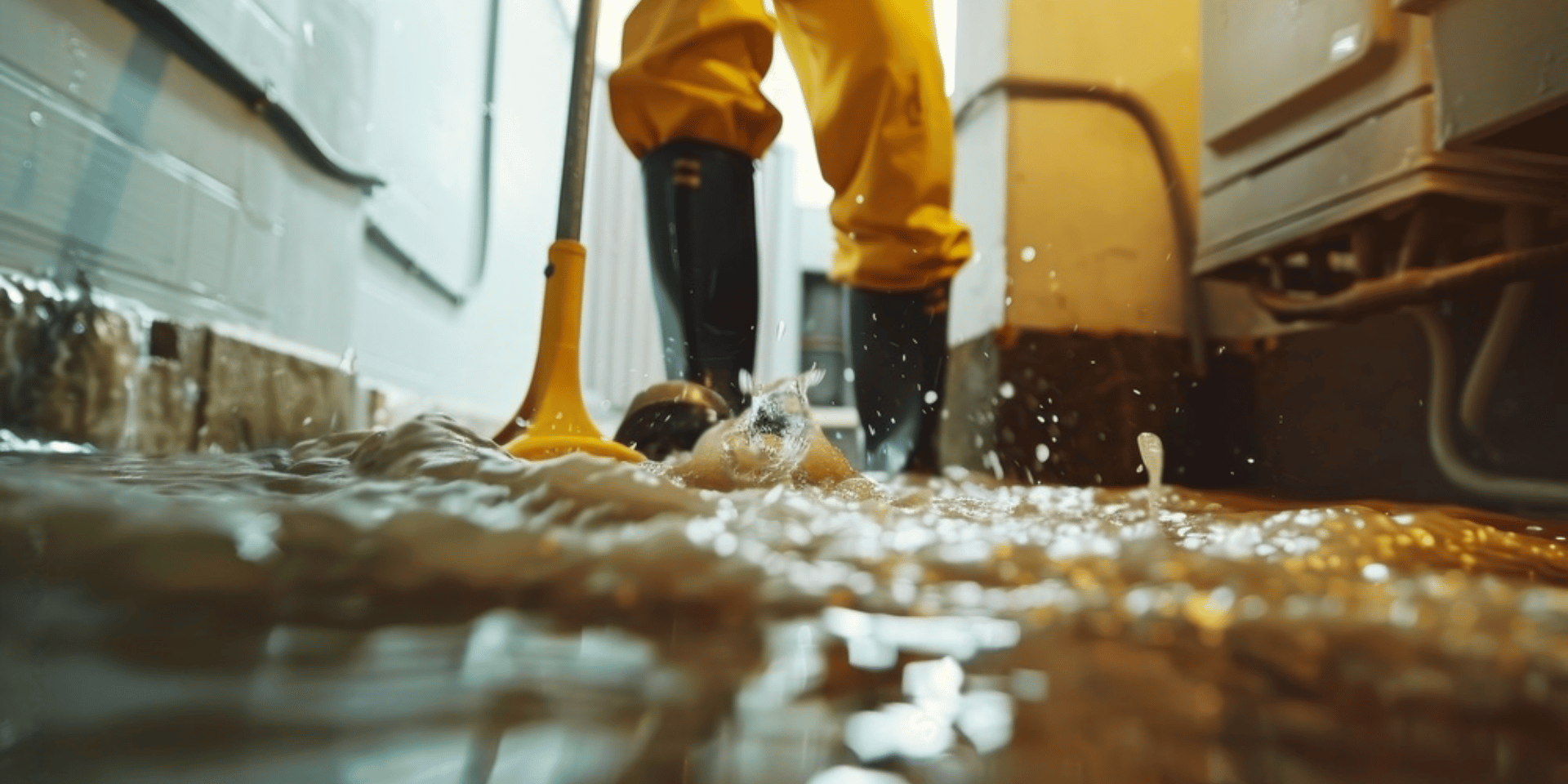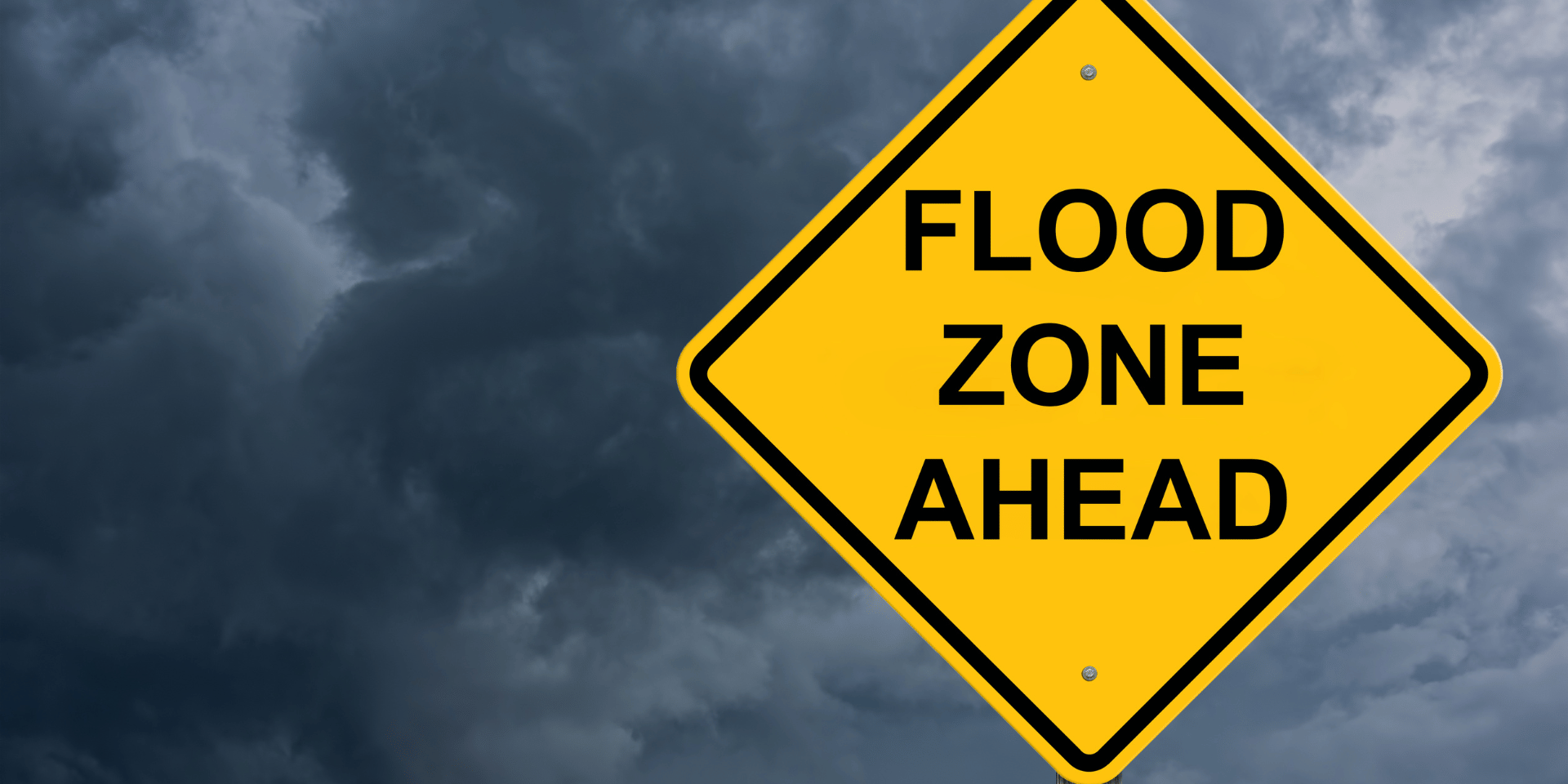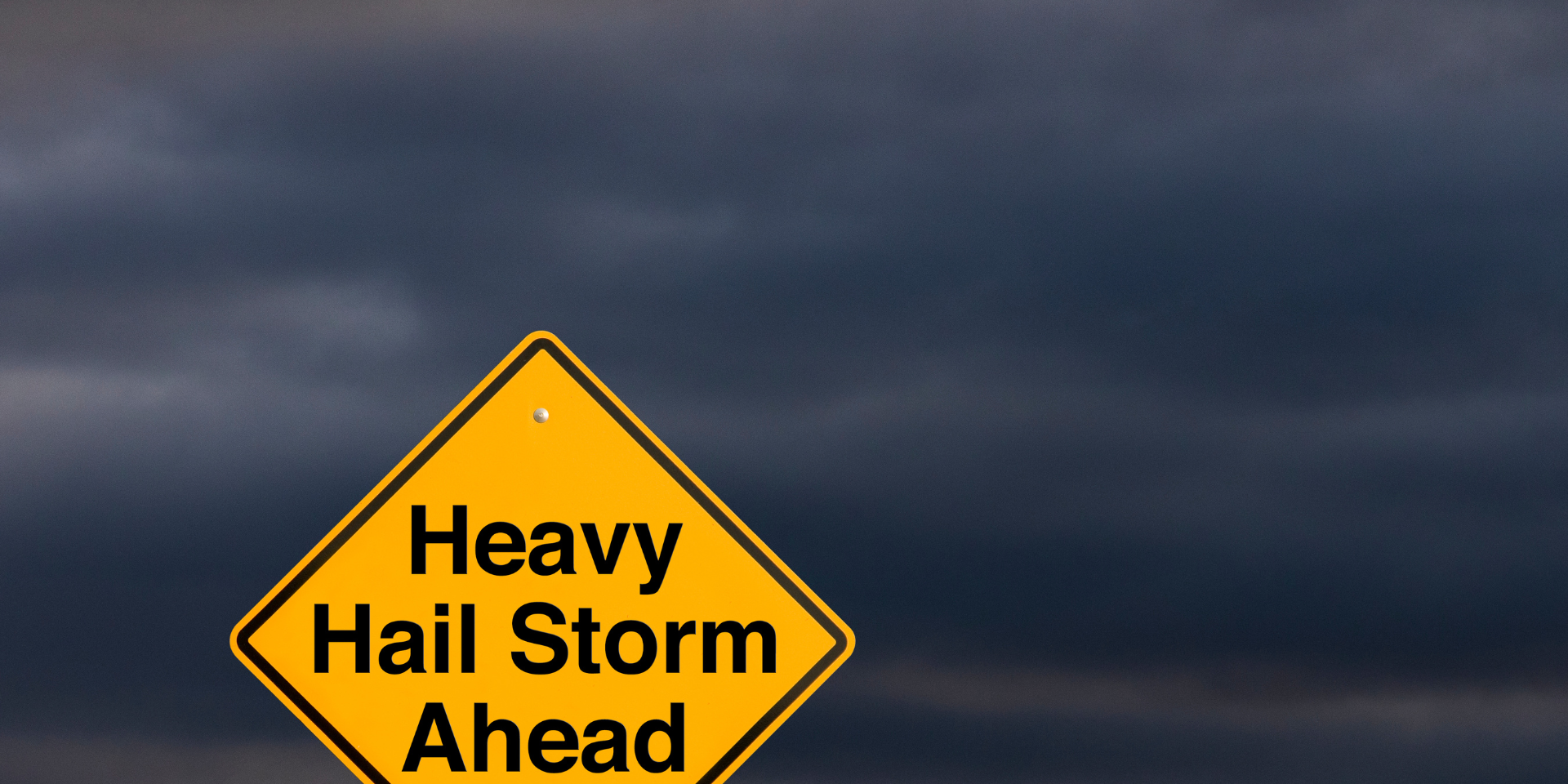In this blog post, we distinguish between water damage and flood damage. While these two types of claims might seem similar at first glance – they are both related to water, they are treated very differently by insurance companies. Understanding the distinctions between water damage and flood damage, as well as what each covers, can help homeowners ensure they receive the compensation they deserve when disaster strikes. In this article, we’ll delve into the specifics of these claims and provide guidance on the steps homeowners should take when filing them.
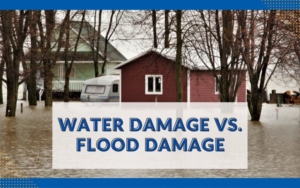
What is Water Damage?
Water damage refers to any destruction or loss caused by water intruding into a property. This can happen for various reasons, including:
- Burst Pipes: One of the most common causes of water damage, a burst pipe can flood your home with water, damaging walls, floors, and personal belongings.
- Appliance Malfunctions: Washing machines, dishwashers, and water heaters can all malfunction, leading to significant water damage if not addressed promptly.
- Roof Leaks: Heavy rains or storms can damage your roof, allowing water to seep into your home.
- Plumbing Issues: Leaking or broken pipes and fixtures can lead to water damage over time if not repaired quickly.
- Hailstorms: Hail can cause physical damage to your roof and windows, leading to water intrusion.
What Does Water Damage Insurance Cover?
Standard homeowners insurance policies typically cover water damage when it is sudden and accidental. This means that if the damage is caused by a burst pipe, a malfunctioning appliance, or a sudden roof leak, it is likely covered by your standard homeowners insurance policy. However, it’s essential to read your policy carefully, as coverage can vary.
Insurance generally does not cover water damage that results from poor maintenance or gradual wear and tear. For instance, if your roof has been leaking for months due to lack of maintenance, the resulting water damage may not be covered. It’s crucial to perform regular maintenance on your home to prevent such issues and ensure your insurance remains valid.
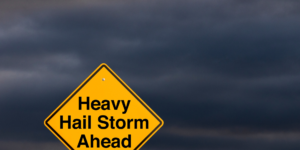
What is Flood Damage?
Flood damage, on the other hand, is defined differently. According to the National Flood Insurance Program (NFIP), a flood is “a general and temporary condition of partial or complete inundation of two or more acres of normally dry land area or of two or more properties (at least one of which is the policyholder’s property) from:
- Overflow of inland or tidal waters;
- Unusual and rapid accumulation or runoff of surface waters from any source;
- Mudflow;
- Collapse or subsidence of land along the shore of a lake or similar body of water as a result of erosion or undermining caused by waves or currents of water exceeding anticipated cyclical levels.”
What Does Flood Damage Insurance Cover?
Standard homeowners insurance policies typically do not cover flood damage. To be protected against floods, homeowners need to purchase a separate flood insurance policy through the NFIP or a private insurer. Flood insurance covers the physical damage to your property and possessions caused by flooding, such as:
- Structural Damage: Flood insurance will cover the repair or replacement of your home’s foundation, electrical and plumbing systems, and other structural components.
- Personal Property: Items such as furniture, clothing, and electronics damaged by flooding are covered under flood insurance.
- Appliances: Flood insurance can cover appliances like refrigerators, stoves, and built-in dishwashers if they are damaged by floodwaters.
- HVAC Systems: Heating, ventilation, and air conditioning systems damaged by flooding are typically covered.
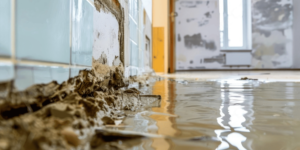
Key Differences Between Water Damage and Flood Damage
Understanding the key differences between water damage and flood damage is essential for homeowners to ensure they have the right coverage:
-
Source of Water: The primary distinction lies in the source of the water causing the damage. Water damage generally occurs before the water comes into contact with the ground (e.g., burst pipes, roof leaks), whereas flood damage involves water that has touched the ground and is usually caused by natural events (e.g., heavy rain, storm surge).
-
Coverage: Water damage is typically covered under standard homeowners insurance policies, provided it is sudden and accidental. Flood damage requires a separate flood insurance policy, as it is not covered by standard homeowners insurance.
-
Maintenance Issues: Water damage resulting from neglect or poor maintenance (e.g., long-term roof leaks, continuous plumbing leaks) is generally not covered by insurance. Flood damage, regardless of maintenance, requires a specific flood policy for coverage.
Steps to Take When Filing Water Damage and Flood Damage Claims
When faced with water or flood damage, it’s crucial to act quickly and follow the appropriate steps to file a claim. Here’s a guide to help you navigate the process:
Filing a Water Damage Claim
- Document the Damage: Take photos and videos of the damage immediately. Make a detailed list of all affected items and areas.
- Prevent Further Damage: Take immediate action to prevent further damage. This might include shutting off the water supply, making temporary repairs, or moving personal belongings to a safe location.
- Contact Your Insurance Company: Notify your insurance company as soon as possible. Provide them with all necessary documentation and details about the damage.
- Schedule an Adjuster Visit: Your insurance company will likely send an adjuster to assess the damage. Be prepared to show them the affected areas and provide any documentation you have.
- Get Repair Estimates: Obtain estimates from reputable contractors for the repair work. This will help you understand the cost and assist in negotiating with your insurance company.
- Keep Records: Maintain detailed records of all communications with your insurance company, including emails, phone calls, and any paperwork exchanged.
Filing a Flood Damage Claim
- Document the Damage: As with water damage, take photos and videos of the flood damage. Document the extent of the damage to your property and personal belongings.
- Notify Your Flood Insurance Provider: Contact your flood insurance provider as soon as possible. Provide them with the documentation and details of the damage.
- Prepare for an Adjuster Visit: The insurance company will send an adjuster to assess the flood damage. Be ready to provide access to the damaged areas and share your documentation.
- Mitigate Further Damage: Take steps to prevent further damage, such as pumping out standing water and drying out the affected areas.
- Get Repair Estimates: Obtain repair estimates from qualified contractors. This will help you understand the repair costs and aid in discussions with your insurance company.
- Maintain Detailed Records: Keep thorough records of all communications and transactions related to your flood claim. This includes emails, phone calls, receipts, and any other relevant paperwork.
Distinguishing between water damage and flood damage is crucial for homeowners to ensure they have the appropriate insurance coverage and can effectively file claims when disaster strikes. While water damage from sudden and accidental events is typically covered by standard homeowners insurance, flood damage requires a separate flood insurance policy. Understanding these differences and following the correct steps when filing claims can help homeowners navigate the complex world of insurance and receive the compensation they need to repair and restore their properties.
How JF Public Adjusters Can Help with Your Water or Flood Damage Claim
At JF Public Adjusters, we have extensive experience assisting homeowners with their water and flood damage claims. We’ve seen many cases where policyholders have come to us with claims that have been incorrectly denied or undervalued by insurance companies. This often happens because homeowners typically lack the claim experience and expertise in mitigation, restoration, and construction necessary to negotiate a fair and equitable settlement. Insurance companies have teams of adjusters and access to consultants and engineers whose job is to minimize the payout on claims, which can leave homeowners feeling overwhelmed and underrepresented.
Our team of skilled public adjusters steps in to level the playing field. We advocate on behalf of the homeowner, ensuring that every detail of the claim is meticulously documented and presented in a manner that maximizes the payout. We handle the entire process, from initial assessment to final settlement, so homeowners can focus on restoring their property and lives. Our deep knowledge of insurance policies, combined with our expertise in the nuances of water and flood damage, allows us to challenge and negotiate with insurance companies effectively, ensuring our clients receive the compensation they deserve.
When you choose JF Public Adjusters, you’re not just hiring an adjuster; you’re gaining a dedicated ally committed to your best interests. We understand the intricacies of insurance claims and are well-versed in the tactics used by insurance companies to reduce payouts. Our comprehensive approach includes thorough damage assessment, precise documentation, and expert negotiation, all aimed at securing the maximum settlement for your claim.
If you’ve experienced water or flood damage and are unsure about the next steps, contact us for a free claim review and consultation. Our team is ready to help you navigate the complexities of your insurance claim and ensure you receive the full compensation to which you’re entitled. Reach out to us today at (917) 272-8793 or visit our website to schedule your free consultation.
GET IN TOUCH!
The Leading Property Damage Experts Are Here To Help
CONTACT NEW YORK’S HIGHEST RATED PUBLIC ADJUSTER IMMEDIATELY BY CALLING OUR OFFICE OR BY COMPLETING THE FORM.
CALL US FOR FREE


